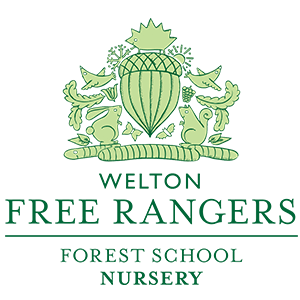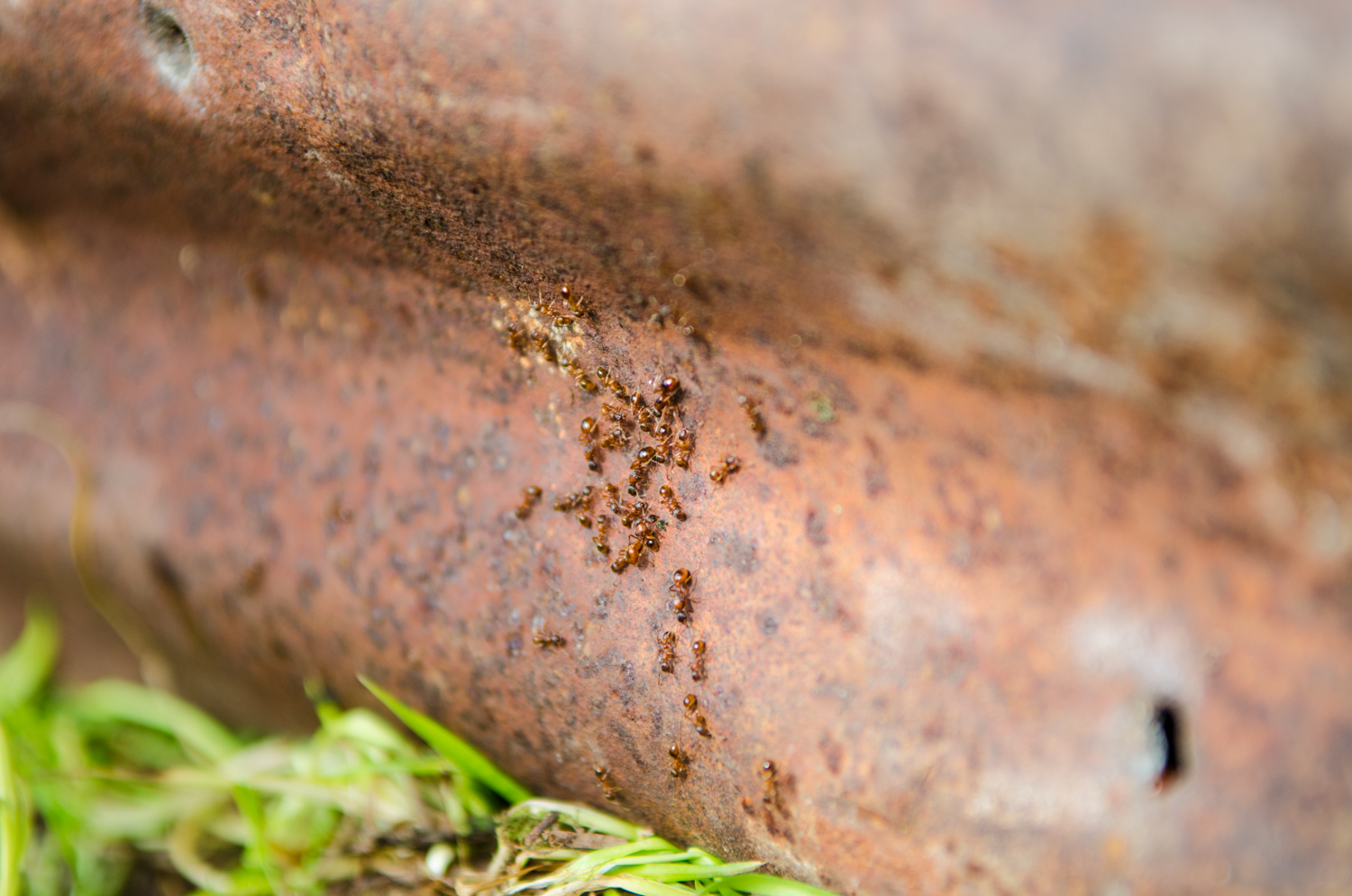Have you ever seen a Pond Snail egg sack? The poisonous jaws on a Centipede? Perhaps the tongue of Slow Worm? Well neither had many of our Forest Schoolers until we went creeping for crawlies (or crawling for creepies!) Either way, these past few weeks have been all about lifting the lid to the mysteries, idiosyncrasies and general mini-beastliness of the bug world that lies hidden beneath our feet.
We built on this theme of bugs after the children showed a definitive interest a few weeks back. With the warmer weather now approaching, creatures great and small have shaken off the shackles of the colder months to find mates, build nests and generally start stuffing their faces. To bridge the gap of our previous Forest School, we mimicked the movements of bugs to enable the children to think safely about how they moved around the paddock as mentioned in my previous blog post. The natural progression from these sessions was to go on a bug hunt. So armed with trowels, collection pots and books we set off to explore the great (mini) unknown.
For the first week we focussed our efforts around the paddock where long grasses and piles of rotting wood secure an abundance of creepy crawlies. The objective behind the first week was to build the children's confidence to handle and interact with the creatures they'd found whether this was simply looking at it or allowing it slide/crawl across their hand. We began by looking at a variety of bug and wildlife books to get our "entomologists hats" on, discussing the different types of insects they might spot. We also discussed where we should look for these bugs, alongside paying attention to how we should handle them. We strove to instil a positive respect in the children for the creatures they found, modelled by the adults to make sure any bugs are treated with care and returned where they were found. Under logs, in the grasses, hidden under leaves we discovered a plethora of bugs as you can see from the pictures below:
As we arrived in week 2, we took what we had learnt from the previous week and headed through our conservation grade orchard to our wildlife pond. We reinforced about the safe handling of the creatures as well as making sure that they weren't out of the water for too long. I am always quick to dispel any hope of going "fishing", as many of them expect to see some in the water. Instead, I tell the children we will be netting creatures smaller but even mightier than a fish! Although life underneath the water might look peaceful and calm, it is nothing short of a war of survival for many of the creatures that make it their home. The children bore witness to this as we netted a variety of beastly creatures placing them into the observation tray. The most voracious was the Great Diving Beetle larvae which without fail would latch itself onto the nearest Tadpole for a meal. Some children found this distressing - and why wouldn't they? But we talked through the cycles of life, and mirrored them with our own carnivorous eating traits of life eating life, from the Pond Snails eating plants to us eating our roast chicken on Sunday. But the murky waters captivated our Forest Schoolers fully, as brought forth alien looking life forms from the murky waters for them to explore. Dragonfly nymph, Smooth Newts, Pond Snails, Hoglouse, Tadpoles, Damselfly larvae, Whirligig Beetles, Backswimmers, Pond Skaters, and Midge Larvae to name a few of species we found:
Last week's activity was tied in with our bug theme, but looked more at reinforcing some self-managed risk assessing for the children when playing at Forest School. Our site is quite expansive, and now the Cow Parsley, Teasels, and trees are growing, we lose sight (but definitely not sound) of the children. In order to maintain the children's independence, we allow them to explore on their own terms and time, but in accordance with our Forest School rules they must tell an adult where they intend on playing. Now, with the best will in the world, a child's play will inevitably take them over the hills and far away and the likelihood is they won't stay in the same place for long. The complex intricacies of play usually mean that remembering to tell an adult where they their heading might not be a forefront of their minds. To counter this we play a version of "Marco-Polo" called "1, 2, 3, Where Are You?" which invokes a response to the caller of "I'm over here!" at the top of their lungs. So inorder to secure this knowledge a little deeper we played a little Hide and Seek in the paddock to the children's absolute delight. We linked it to our bug theme by discussing how our bugs had 'hidden' from us during the mini-beast hunts and the children tried to better their hiding skills by rolling up in a ball like woodlice or to use their excellent eye sight to look where they were running like spiders to quickly find cover. It worked very well!
So why go on a bug hunt? Well, they offer so much experiential deep learning for the children as they are able to tangibly demystify creatures that many of us parents (and in turn unfortunately the children too) squirm at. They are able to distinguish, categorise and feel the difference between a whole variety of lifeforms which helps form distinct emotional relationships and understanding with their world. Also, the children looking intently on the ground often means we find other natural treasures and adventures too like empty birds eggs, Vole nests (and often a Vole too!), feathers or even animal tracks to follow. Whats not to like?!
Furthermore, by highlighting the importance of protecting even the smallest part of our environment, and instilling a positive respect towards it, it's my hope that these children will go on to protect their world and make positive choices in their lives to preserve rather than destroy. Even if only one child does this, it will all have been worth it.
Thanks so much for reading.
Red Fox 🐾










































